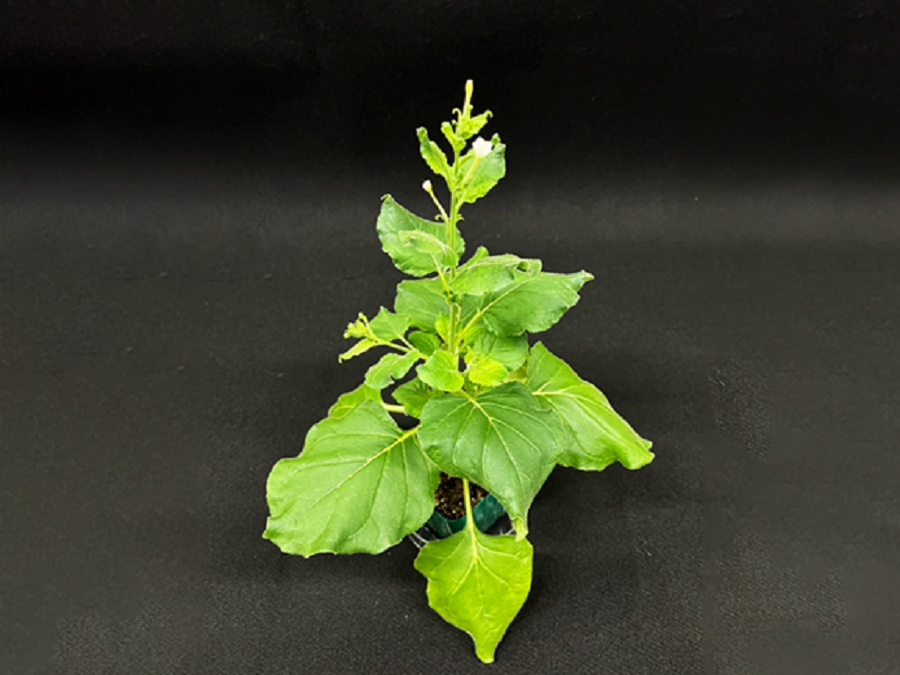
Model Plant’s Genome Sequencing to Speed Up Plant Research
February 15, 2023| |
Nicotiana benthamiana, colloquially known as benth or benthi, is one of the most widely used experimental models in plant science. Now that its complex genome has been almost completely mapped out, plant science research is expected to steeply improve along with the rapid development of more effective experimental methods for the plant.
N. benthamiana is known for its rare ability to successfully graft with plants from different families. However, researchers were unsure how the plant is able to do this. What they do know is that the plant's chromosomes are derived from hybridization, yet its genome structure left them wondering about the state between genes and sequence information on the regulatory regions of gene expression, among others.
Using modern technology, scientists from Nagoya University were able to sequence 95.6% of N. benthamiana's total genome by piecing together 1,668 scaffolds like a jigsaw puzzle. Twenty-one of these were as large as a whole chromosome. This helped them realize that the plant had a complex mixture of genome sequences of interbreeding plant species, which were so interlinked that it was impossible to distinguish among them. It also indicated an ancient origin of hybridization. N. benthamiana was the result of hybridization of the paternal Sylvestres and the maternal Tomentosae plants. Hybridization happened approximately 10 million years ago, and the plant has continued to evolve since then. N. benthamiana and its relative N. tabacum probably diverted 3 to 7 million years ago.
The study was able to provide researchers previously lacking information about N. benthamiana like sequences of the regulatory regions of gene expression, linkage on the chromosome, and the number of genes. These new data will make it easier for researchers to treat the model plant as a subject of research and facilitate the application of genome editing technology on the plant.
More details are available in Nagoya University's news release and in Plant and Cell Physiology.
| |
You might also like:
- Wild Tobacco Plant can be a Key in Attaining Food Security
- A Draft Genome Sequence of Nicotina benthamiana to Enhance Molecular Plant-Microbe Biology Research
- Native Australian Plant Paves Way for Vaccine Development Against COVID-19
Biotech Updates is a weekly newsletter of ISAAA, a not-for-profit organization. It is distributed for free to over 22,000 subscribers worldwide to inform them about the key developments in biosciences, especially in biotechnology. Your support will help us in our mission to feed the world with knowledge. You can help by donating as little as $10.
-
See more articles:
-
Plant
- Researchers Construct Soybean's Pan-3D Genome
- Model Plant’s Genome Sequencing to Speed Up Plant Research
-
Animal
- Full Reference Genome of Tilapia Offers Boost to Global Food Security
- Building Knowledge and Regulatory Capacity in Animal Biotech in Response to Climate Change (Nominations Until Feb 16)
-
Food
- Study Accounts Potentials and Impacts of Plant-based Meat Alternatives
-
Read the latest: - Biotech Updates (December 17, 2025)
- Gene Editing Supplement (December 17, 2025)
- Gene Drive Supplement (February 22, 2023)
-
Subscribe to BU: - Share
- Tweet

